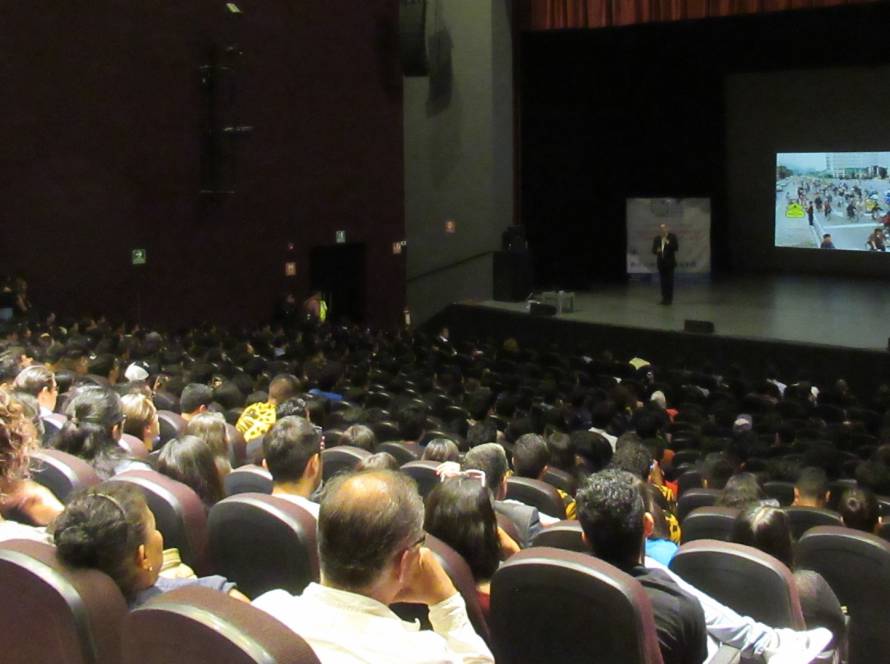Key Takeaways
- The ongoing shift toward electric, low-emission buses and the promise of automation position BRT as a forward-looking solution. Continuous innovation and integration into broader multimodal networks are seen as critical for meeting future urban mobility, environmental, and equity goals.
- BRT is not just a bus service but a comprehensive system—one that combines state-of-the-art infrastructure with strategic operational methodologies to serve diverse urban contexts.
Summary
- BRT (and its European-adapted counterparts like BHLS/DHLS) is defined not only by buses but by a full suite of integrated elements:
- dedicated running ways,
- advanced information and control technologies,
- pre-boarding fare systems, and
- strong visual branding – These components work together to create a flexible yet high-performance transit system.
- BRT corridors are significantly less expensive (often 1/3 to 1/5 the cost) than rail systems or trams, yet can match or exceed them in productivity and speed when well designed. Variable capital costs allow cities to tailor solutions to local contexts while maintaining competitive operational metrics.
- Global Variations and Examples:
- Latin America: Rapid adoption post-Bogota; significant progress in terms of ridership and system identity.
- Europe: Innovations include systems integrated with cycling (Netherlands), guided trolley buses (Spain, Sweden), and high-performance BHLS configurations with design innovation in cities like Zurich and Cambridge.
- North America: Key systems in cities like New York, Cleveland (HealthLine), Eugene (OR), and Winnipeg demonstrate both high capacity and diversity, though challenges in perception remain.
- Institutional barriers and public perceptions regarding bus transit quality persist, despite technological advances such as electric buses and automated operations that are set to redefine performance standards.
- Implementation barriers:
- Reducing the space for cars
- Lack of knowledge/familiarity by decision makers and transport planners
- Environmental concerns that buses cause air pollution and GHGs.
- BRT (and its European-adapted counterparts like BHLS/DHLS) is defined not only by buses but by a full suite of integrated elements:
How can Cities apply these learnings?
- Develop Integrated Multimodal Networks:
- Combine BRT with cycling infrastructure, pedestrian-friendly environments, and connections to rail or tram systems to create seamless, accessible transit networks that respond to local mobility needs.
- Create dedicated bus lanes, pre-boarding fare systems, and centralized control centers that minimize dwell time and optimize service.
- Build a strong, consistent system identity to shift public perception and build trust among transit users.
- Develop Integrated Multimodal Networks:
Interesting resources and readings
- Global BRTData. https://brtdata.org
- Light Rail Transit Systems: 61 Lessons In Sustainable Urban Development – Book by Rob Van Der Bijl, Niels Van Oort, and Bert Bukman.
- Restructuring public transport through Bus Rapid Transit: An international and interdisciplinary perspective – Book by Juan Carlos Munoz and Laurel Paget-Seekins. https://www.jstor.org/stable/j.ctt1t89fj8
- The BRT Planning Guide by ITDP. https://itdp.org/publication/the-brt-planning-guide/
- Characteristics of Bus Rapid Transit Office of Research, Demonstration and Innovation for Decision-Making by Federal Transit Administration. 2004. https://www.transit.dot.gov/sites/fta.dot.gov/files/docs/CBRT.pdf
- Buses with High Level of Service: Fundamental characteristics and recommendations for decision-making and research. Results from 35 European Cities. https://www.cerema.fr/system/files/documents/2017/12/Rapport-EN-COST_BHLS-final.pdf
- Social, Environmental and Economic Impacts of BRT Systems by WRI. https://environmentaldocuments.com/embarq/Social-Environmental-Economic-Impacts-BRT-Bus-Rapid-Transit-EMBARQ.pdf
- Lessons Learned From Major Bus Improvements in Latin America and Asia: Modernizing Public Transport by WRI. http://pdf.wri.org/modernizing_public_transportation.pdf
Ideas for further research
- Comparative studies on institutional frameworks that best support rapid, high-quality BRT deployments across different regions, including funding models and public–private partnerships.
- Study the impacts of electric buses and automated technologies on service efficiency, reliability, and safety in various urban contexts.


